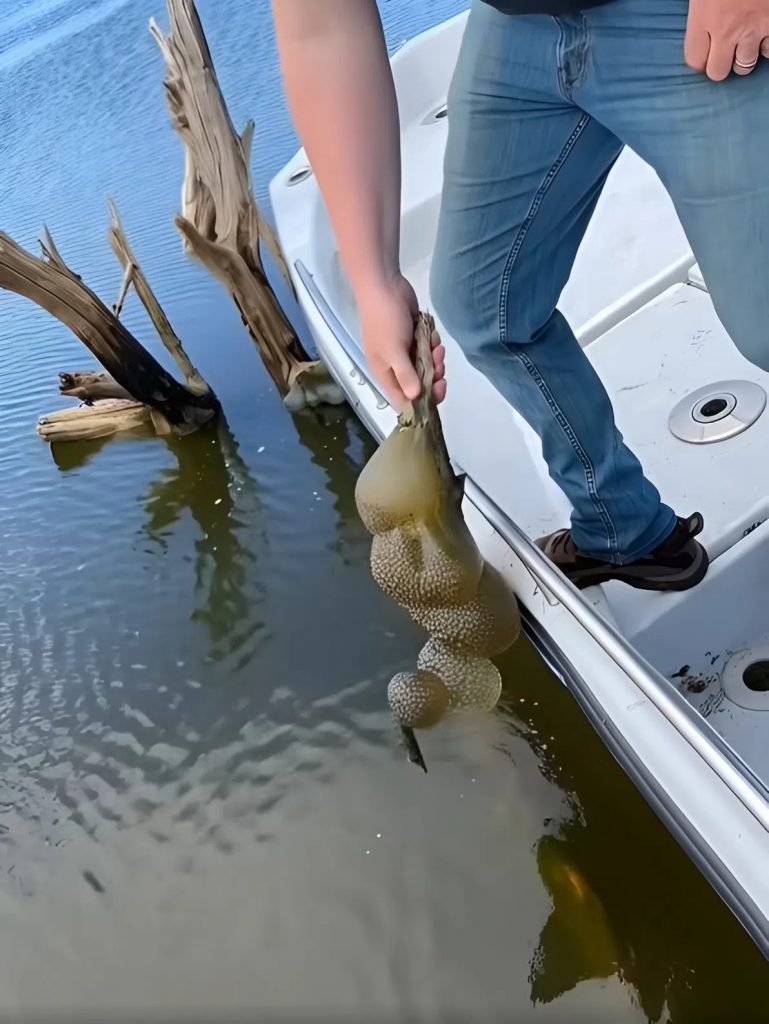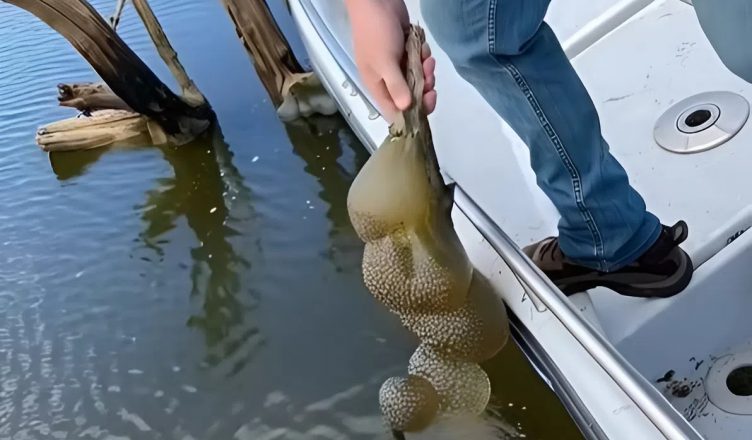Evgeny Zorin, 48, hadn’t set foot near the southern industrial bay in over thirty years — not since the summer he nearly drowned there as a boy. The place had been off-limits for as long as anyone could remember. Once a classified military zone, it was now abandoned, the fencing rusted, warning signs bleached blank by time.
The maps no longer showed this place. Locals whispered about odd noises, metallic echoes in the night, and fish that came up from the depths with no eyes.
But Zorin didn’t believe in ghost stories.
He took his diving suit, a high-powered flashlight, and a GoPro.
He thought he was ready.
He wasn’t.
THE GATE THAT SHOULDN’T HAVE BEEN OPEN
The bay was still. Eerily still. The water’s surface, slick with a greenish film, barely moved. The skeletal remains of a long-collapsed dock jutted out from the shoreline like ribs from a carcass.
Zorin followed an old maintenance path toward the cliffside, where he remembered — vaguely — a service hatch hidden behind a bulk of concrete slabs. Back then, it was a place for dares. Children would crawl in with flashlights, play secret agents.
Now the hatch stood ajar.
The air seeping from it wasn’t musty — it was warm. Faintly metallic. And it hummed.
Still, he went in.
DOWNWARD INTO MEMORY
The camera catches his breath as he descends the corroded ladder. Twenty meters down, maybe more. No graffiti. No wildlife. Just bare concrete, clean as if it had been scrubbed yesterday.
Around the sixth level, his footage picks up something strange — smudges on the wall, shaped like hands. But the fingers are too long, the palms too narrow, and there are extra joints.

He doesn’t comment. He just keeps going.
At the bottom, he steps into a corridor. The walls are lined with strange markings — not Cyrillic, not Latin. Symbols that pulse ever so faintly.
Then a sound. A single metallic bang in the distance.
He reaches a sealed chamber door. It opens on the first push.
“THIS PLACE ISN’T ABANDONED. IT’S WAITING.”
The room is circular, submerged halfway in dark, still water. The ceiling is studded with black, lens-like pods. Some are fogged over. Some appear… wet from within.
In the center: a submerged platform. Not mechanical. Organic, almost.
The air gets heavy. His breathing slows. The footage shakes. A low vibration begins — too low to be sound, more like pressure in the chest. Then static. Then a voice.
Not loud. Not clear.
But unmistakably there.
Words spoken in a language that shouldn’t exist.
He stumbles. Drops the flashlight. The screen goes black.
HE DOESN’T REMEMBER LEAVING — BUT SOMETHING CAME WITH HIM
Twenty-four hours later, Zorin was found barefoot on the highway eleven kilometers away, his suit shredded, eyes bloodshot. He was dehydrated, disoriented — but alive.
In the hospital, he refused to speak for days. When he finally did, he said only this:
“It’s not asleep anymore.”
Doctors chalked it up to trauma. His footage — the bits that survived — showed real structures. Real markings. Officials arrived within hours. The hatch was welded shut. The area fenced and guarded.
They claimed it was “for public safety.”
A week later, Zorin vanished. No witnesses. No signs of forced entry. Passport flagged invalid. Bank accounts frozen. Gone.
But then something even stranger happened.
His YouTube channel, inactive for years, posted a new video.
Just three seconds long.
The frame shows the hatch.
And a voice — not his — whispers in a cold, metallic tone:
“You opened the door. Now we remember you.”
